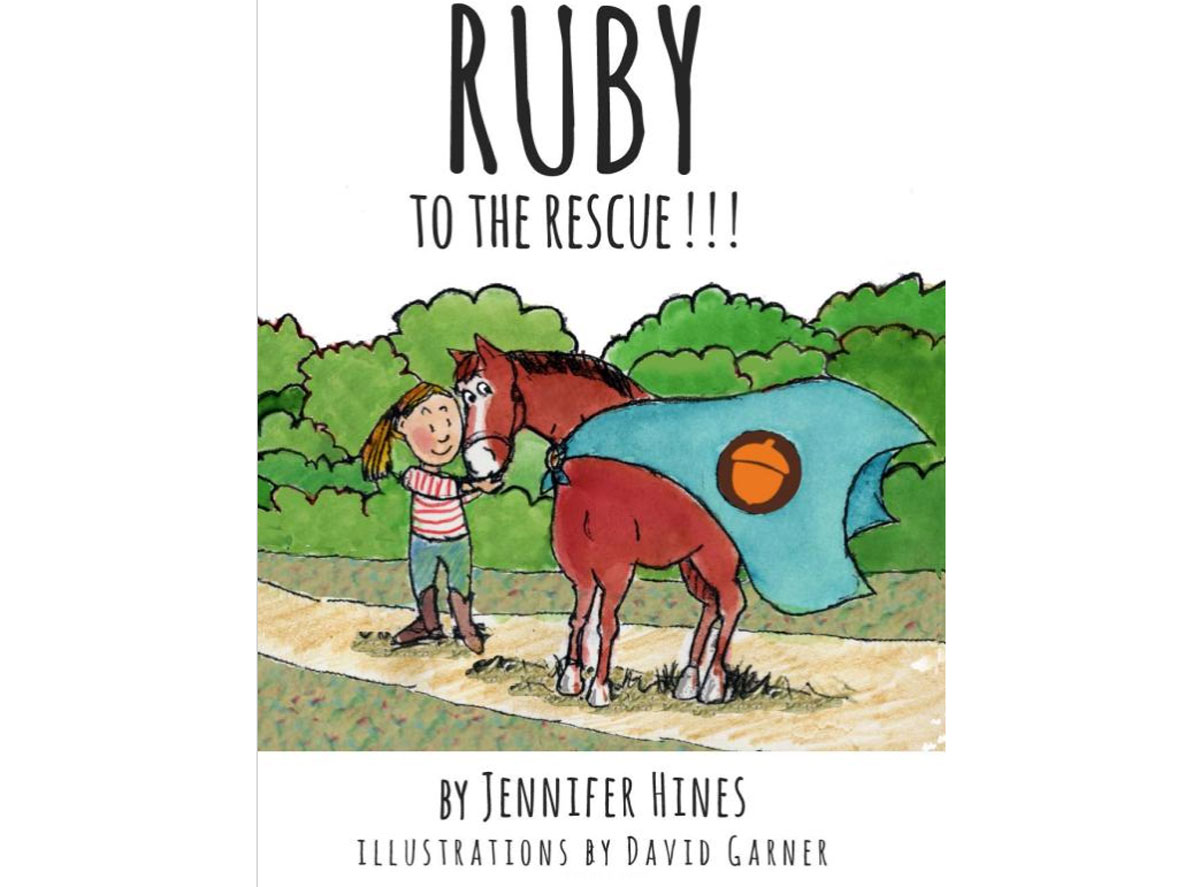
Facilities that offer equine assisted activities and therapies (EAAT) rely on volunteers to keep their programs running. Depending upon the services offered, the types of volunteers needed varies dramatically.
“A center that only provides services for wounded veterans and active service personnel likely has different challenges than a center only providing psychotherapy,” said Kaye Marks, director of marketing and communications for the Professional Association of Therapeutic Horsemanship International (PATH, Intl.).
For many of a center’s participants, a volunteer is an added level of stability. When clients see the same volunteer every lesson, it helps create another level of relationship, a bond that is formed between these two people.
Geography can factor into a stable’s opportunity to connect with volunteers. In Motley, Minnesota, Acorn Hill EAAT is located in a rural county where city dwellers visit their cabins on weekends. Although there’s a children’s hospital and a clinic nearby, both which refer clients, finding helpers can be a challenge.
“We have a lot of mothers who find us from towns that are one to two hours away,” she said. “They find us because they type in hippotherapy. We’re doing some advertising online and word is starting to spread within the community.”
Working with Jennifer Hines has given Peterson a unique way to reach new people. Hines wrote Ruby to the Rescue, which was illustrated by David Garner. The book is sold on Amazon and through smile.amazon, a portion of each purchase is donated to Acorn Hill EAAT.
“Jennifer’s 5-year-old daughter, Willow, has Down syndrome, and she rides our pony Ruby,” Peterson said. “Ruby to the Rescue raises awareness about Down syndrome and how “super” ponies like Ruby are trained to help people with special needs.”
Reaching out to community organizations, hosting open-houses, contacting volunteer services and schools, and using social media posts are all ways barns can connect with volunteers.


